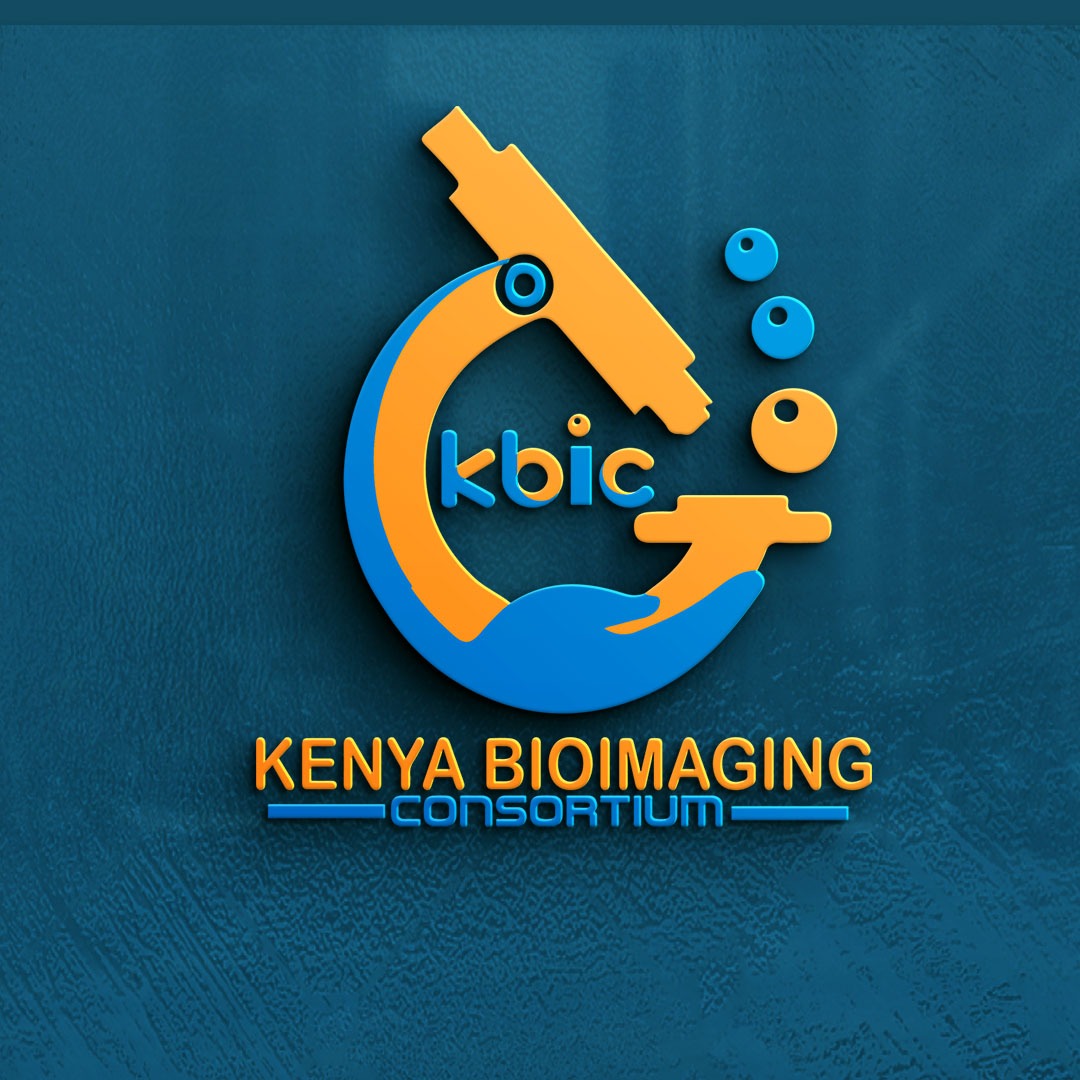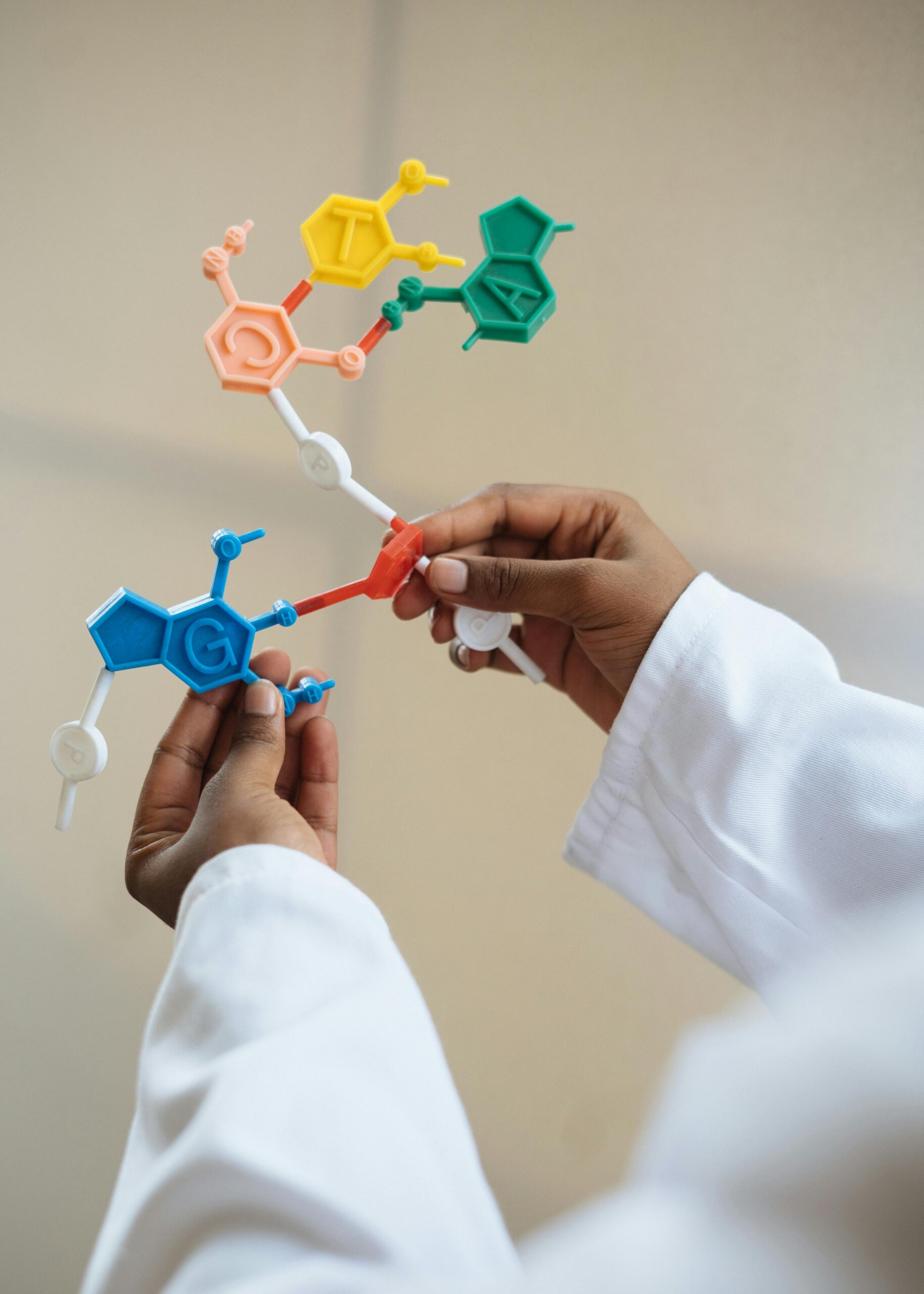Revolutionizing Biomarker Detection with Nano-Material Breakthrough Technology
What If We Could Detect Disease Earlier—and Faster?
Imagine if doctors could spot diseases like cancer or Alzheimer’s long before symptoms show up. What if we could check for health issues with a simple, fast test and get results in minutes?
Sounds like science fiction, right? Well, thanks to amazing advances in nanotechnology and biomarker detection, this is becoming a reality. Researchers are combining cutting-edge nano-materials with bio-sensing technology to change how we detect diseases—and it’s nothing short of revolutionary.
In this blog post, we’ll break down what this means, how new tech is making it all possible, and why it matters for your health (and the future of medicine).
What Is Biomarker Detection—and Why Does It Matter?
Let’s start with the basics.
A biomarker is a biological clue—or signal—in the body that can tell us if something is wrong. Think of it like a red flag. For example:
- High blood sugar can be a biomarker for diabetes.
- PSA levels may indicate prostate cancer.
- Amyloid beta proteins can be linked to Alzheimer’s.
Biomarker detection means finding and measuring these signals. The earlier we can detect them, the sooner we can take action.
But here’s the catch: most current tests are slow, expensive, and sometimes not even sensitive enough to detect tiny changes in our bodies early on. That’s where nano-materials come in.
Meet Nano-Materials—The Tiny Giants of Science
You’ve probably heard the term “nano” before, but what does it really mean?
“Nano” means really, really small. To put it in perspective, a single human hair is about 80,000 nanometers wide. Nano-materials are built at the scale of atoms and molecules—thousands of times smaller than what we can see with our eyes.
Why does this matter for health?
Because nano-materials can be engineered to interact with biomolecules like proteins, DNA, or viruses in incredibly precise ways. They’re like tiny detectives, trained to search for very specific clues.
Aligned Bio, a leader in this space, has developed a special kind of nano-material called Aligned Nanorods. These super-small structures can detect biomarkers with extremely high accuracy—down to single molecules!
Let’s dive into how this works.
How Aligned Nanorods Are Changing the Game
Traditional diagnostic tools often rely on fluorescent markers or chemical reactions to “flag” the presence of a biomarker. But these methods can take hours, sometimes days.
With Aligned Nanorods, we speed things up. A lot.
These nanorods are like highways for light. When a biomarker (like a protein tied to cancer) lands on their surface, the way light moves around them changes. Specialized sensors then pick up that change and instantly tell us—“Hey! Something’s here.”
Here’s why this nano-tech stands out:
- High sensitivity: Detects even the tiniest trace of disease-related molecules.
- Rapid results: Test outcomes in minutes, not days.
- Label-free detection: No need for fluorescent dyes or complex sample prep.
- Cost-effective: Thanks to simple design and easy manufacturing, it’s affordable.
- Tiny sample needed: Just a small drop of fluid—like a bit of saliva or blood—is enough.
From Lab to Life: Real-World Applications
You might be wondering, “This is cool, but how does it help me?”
Great question.
Aligned Bio’s nano-technology isn’t just impressive in the lab—it has serious potential in real-world healthcare. For example:
- Early Cancer Detection: Catching cancer even before symptoms appear can save lives. This tech could make annual screenings more accurate and accessible.
- Neurodegenerative Diseases: Alzheimer’s and Parkinson’s could be detected in the early stages, giving patients more treatment options.
- Infectious Diseases: Instead of waiting days for lab results, doctors could test for viruses like COVID-19 in real-time.
- Personalized Medicine: Doctors could fine-tune treatments based on real-time molecular feedback.
Why Patients and Doctors Should Be Excited
Let’s be honest—healthcare can be frustrating. Long wait times. Delayed results. Uncertainty.
But this technology opens the doors to a world where that’s no longer the case. Imagine walking into your doctor’s office with a strange symptom, and walking out 15 minutes later with a clear, science-backed answer—and a plan.
That level of quick, personalized care could revolutionize not just how we treat illness, but how we prevent it.
The Road Ahead: Where Is This Headed?
Of course, like all breakthrough technologies, there’s still work to be done. Clinical trials, regulatory approvals, and real-world testing are all critical steps. But the foundation is strong—and the future looks bright.
Companies like Aligned Bio are pushing the boundaries and rethinking what’s possible when we combine biology and nano-tech.
We’re not just detecting disease. We’re creating a new way to understand our bodies—with speed, precision, and power we’ve never had before.
Let’s Break It Down: Why This Matters
Still wrapping your head around all this? That’s okay. Here’s a quick recap.
- Biomarkers are signals in the body that point to disease.
- Current tests are slow and not very sensitive.
- Nano-materials are tiny tools that can detect disease faster, earlier, and more accurately.
- Aligned Bio’s nanorods use light and tiny sensors to pick up on body changes almost instantly.
- This technology could drastically improve early diagnosis, treatment, and even prevention.
Conclusion: Shaping the Future of Health
We are standing at a turning point in healthcare. With nano-materials like Aligned Nanorods, the ability to detect diseases earlier, faster, and more accurately is finally within reach.
Whether you’re a doctor, patient, scientist—or just someone interested in living a healthier life—this technology offers hope, answers, and a bold new way of approaching medicine.
As this breakthrough continues to grow, one thing is clear: the way we detect disease will never be the same.
Curious to learn more? Keep following exciting developments in nano-biosensing, where health meets high-tech innovation.
Because when science gets small—the impact gets big.


Leave a Reply